I want to use the direct time of flight method to measure the distance between a person carrying an arduino and a certain part of the room. I have come across many different boards which can easily be connected to the arduino to measure distance using the reflecting time of flight method, but because of the nature of my project, these boards won't work for me.
I have sourced these sensors: Pair Aluminum Housing 40KHz Ultrasonic Transducer Transmitter Receiver. I am considering buying them, but first, I need to be sure that they will work. I have spent hours searching for instructions on how I can connect them to my arduino, but have had no luck.
Can someone please give me some simple instructions on how to connect this thing to my arduino? I basically need one of them on one arduino, which will transmit the ultrasonic wave at certain intervals, and another one on a separate arduino, which will listen for the ultrasonic waves.



